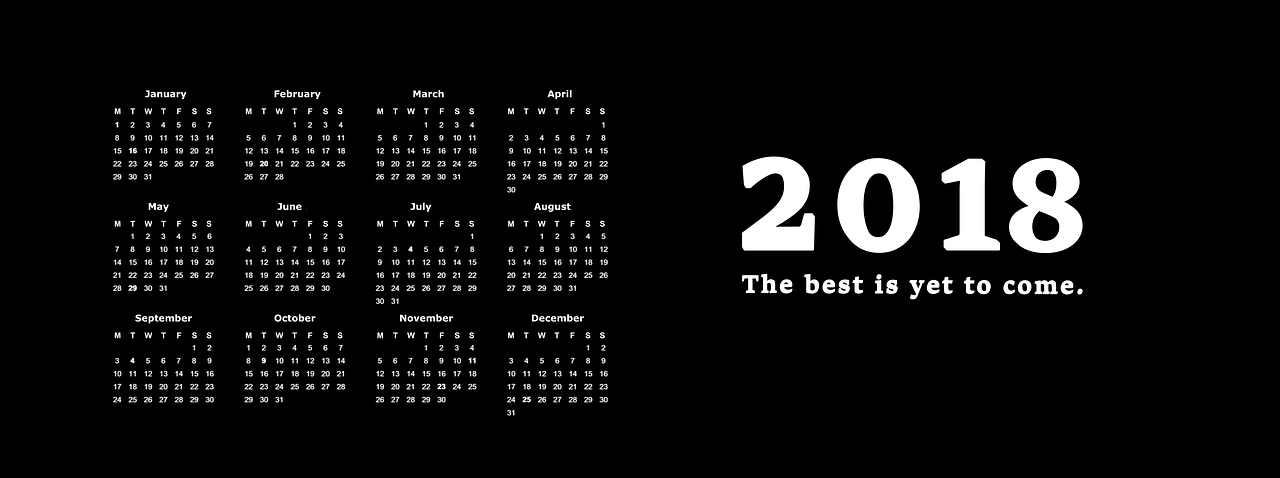
How to Create a Blogging Editorial Calendar
Content marketing is an effective way to promote a product or service. It’s part and parcel of your inbound strategy that works to generate revenue through the creation of emails, ebooks, and blogs. Blogging is the most available form of self-promotion that allows you to use keywords and links to rank high on search engines but most importantly to develop meaningful and long-lasting relationships with your customers. If you don’t already have a blogging strategy, here are a few facts that should encourage you to invest.
Blogging Facts
- Long-form (more than 750 words) blogs generate 9x more leads
- Blogging the most successful marketing tactic. Businesses find them 65% more prosperous than social media or emails.
- 74% of companies find updating old blog posts successful
- Blogging works so well 76% of B2B marketers rely on it
Understanding a Content Calendar
A content calendar is a monthly and quarterly calendar that outlines all of your inbound work. It’s more than just writing and posting to a schedule. It’s your strategy. It should include everything that is relevant to your blogs including marketing campaigns, social media posting, ad campaigns, and anything else you might use to promote your post. The idea is to get the blog to work for you effectively and to generate a return on your investment. With it blocked out in a calendar, you’ll stay on schedule and have an easier time connecting with your audience.
Creating the Content Calendar
So, now that we know what a blogging calendar is we can break down what it should include helping you stay on track.
Identify Your Buyer Persona
Your buyer persona is essential because it will help you tailor your message. Users need to feel engaged to you, your brand, and your message if you want a chance at retaining them as a customer and generating a quality lead. Build a target buyer persona, and you’ll have an easier time making that connection.
Develop Topic Ideas
Now that you have created a buyer persona and know the language and tone you will use to speak to them, it’s time to create a cluster of topics they will find interesting. Be strategic and try to align your ideas with the product or service you are selling. Try to aim for at least ten topics per month.
Revisit Old Blog Posts
We’ve already mentioned that updating your old blog post will get great results. But, very little actually do this. It doesn’t take as much effort as creating a new one from scratch, so it’s worth your consideration. Revisit your content and decide if any posts could use some dusting off and align with your strategy.
Set a schedule
You want to be strategic and honest. If you don’t have the human resources to create, revise, publish, and promote a blog post every week, shoot for something attainable. Your buyer persona will recognize quality over quantity. Twice a month should be feasible for any business size.
Important Aspects of a Good Content Calendar
Due Dates
We don’t need to explain what a due date is, but we wanted to include it because you will need to think of more than just what blog is being published. Plan for the first and final drafts. Plus, the calendar should articulate other due dates such as the completion of PPC campaigns, when you will send out your emails, and times to post on social media to promote your blog post.
Product/Service
A great inbound strategy will include the promotion of one product, service, or blog post. Your efforts for that month or quarter is to focus on that piece of your business and helping promote it through blogging and content creation. Your calendar should include reminders of what is the subject, title, or message of your campaign to ensure you are aligning all of your efforts.
Keyword Research
Your keywords will help your content strategy become a success. Whether you are tackling the content yourself or utilizing a content writer, using keywords strategically will help your blogs appear higher in the search engines. Keep your keywords in the content calendar, and you will have everything needed to tie your message together.
CTAs
Seeing a return on your investment would include a CTA or “Call to Action.” It’s the step you want your readers to take after they’ve read through the blog. What the step is will depend on your strategy, but it needs to appear in your blogging calendar to keep all surrounding promotional efforts on the same page.
Progress Reports
A great way to keep yourself on track is by noting where your post is in progress. It will keep you and your team informed of where and how you can move forward by using notifications such as:
- In progress
- Sent for approval
- Approved
- Published
Content Strategy Nashville
Developing a strong content strategy is an organic approach to generating quality leads. All marketing efforts should see a return on your investment, but if you’re struggling to get yours off the ground, the Horton Group can help. We’ve been helping businesses of all sizes create successful blogging and content campaigns for their products or services. Visit our website to learn more.